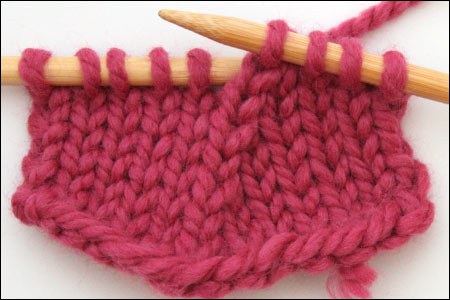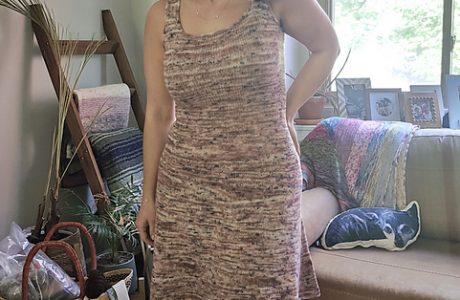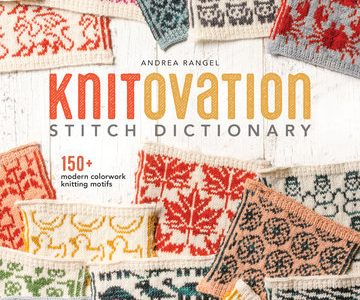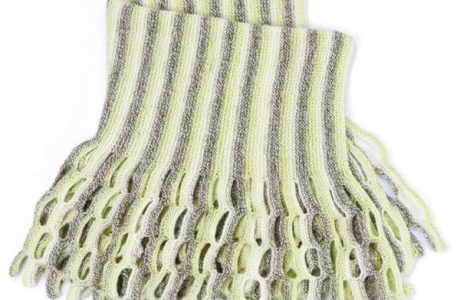 Choosing the right decrease for a pattern can be challenging, especially if the pattern doesn’t specify what kind of decrease to use. This tutorial is a handy guide if you want to see how the different decreases look and help you decide which one to use in something you’re designing. It’s also available as a PDF so you can print it out and carry it with you while you knit.
Choosing the right decrease for a pattern can be challenging, especially if the pattern doesn’t specify what kind of decrease to use. This tutorial is a handy guide if you want to see how the different decreases look and help you decide which one to use in something you’re designing. It’s also available as a PDF so you can print it out and carry it with you while you knit.
This is a handy guide if you want to see how the different decreases look if you’re trying to decide which one to use in something you’re designing or when you have a pattern that doesn’t specify what kind of decrease to use.
It’s also available as a PDF so you can print it out and carry it with you.
Decreases are an essential part of knitting and are used to shape and create various designs on knitted fabric. They can create a slanting edge, a symmetrical design, or a double decrease effect. In this tutorial, we will discuss different decreases, how they slant, how to work them on the knit and purl side, and how to use symmetrical decreases as a design element.
The first type of decrease we will discuss is the k2tog (knit two together). This decrease slants to the right and is worked by knitting two stitches together as if they were one stitch. It is a great choice for creating a slanting edge, and is often used in patterns that call for a right-leaning decrease.
Another popular decrease is the ssk (slip, slip, knit). This decrease slants to the left and is worked by slipping two stitches knitwise, then knitting them together through the back loops. It is a great choice for creating a left-leaning edge and is often used in patterns that call for a left-leaning decrease.
When working decreases on the purl side, we have the p2tog (purl two together) and the p3tog (purl three together). The p2tog decrease slants to the right and is worked by purling two stitches together as if they were one stitch. The p3tog decrease slants to the left and is worked by purling three stitches together as if they were one stitch. Both of these decreases are great for creating a slanting edge on the purl side of the fabric.
Symmetrical decreases, such as the k2tog tbl (knit two together through the back loop) and the ssk tbl (slip, slip, knit through the back loop), are often used as a design element. They create a symmetrical decrease on both the knit and purl side of the fabric. They are worked by knitting or purling two stitches together through the back loop.
Double decreases, such as the k3tog (knit three together) and the p3tog tbl (purl three together through the back loop), are used to decrease multiple stitches at once. The k3tog decrease slants to the right and is worked by knitting three stitches together as if they were one stitch. The p3tog tbl decrease slants to the left and is worked by purling three stitches together through the back loop. Both of these decreases are great for creating a dramatic slanting edge or for decreasing multiple stitches at once.
Choosing the right decrease for a pattern can be challenging, especially if the pattern doesn’t specify what kind of decrease to use.
Do you have a favorite decrease? I default to k2tog most of the time but really should spend more time thinking about if an ssk or something else would be better in a project.
[Photo via Twist Collective.]




